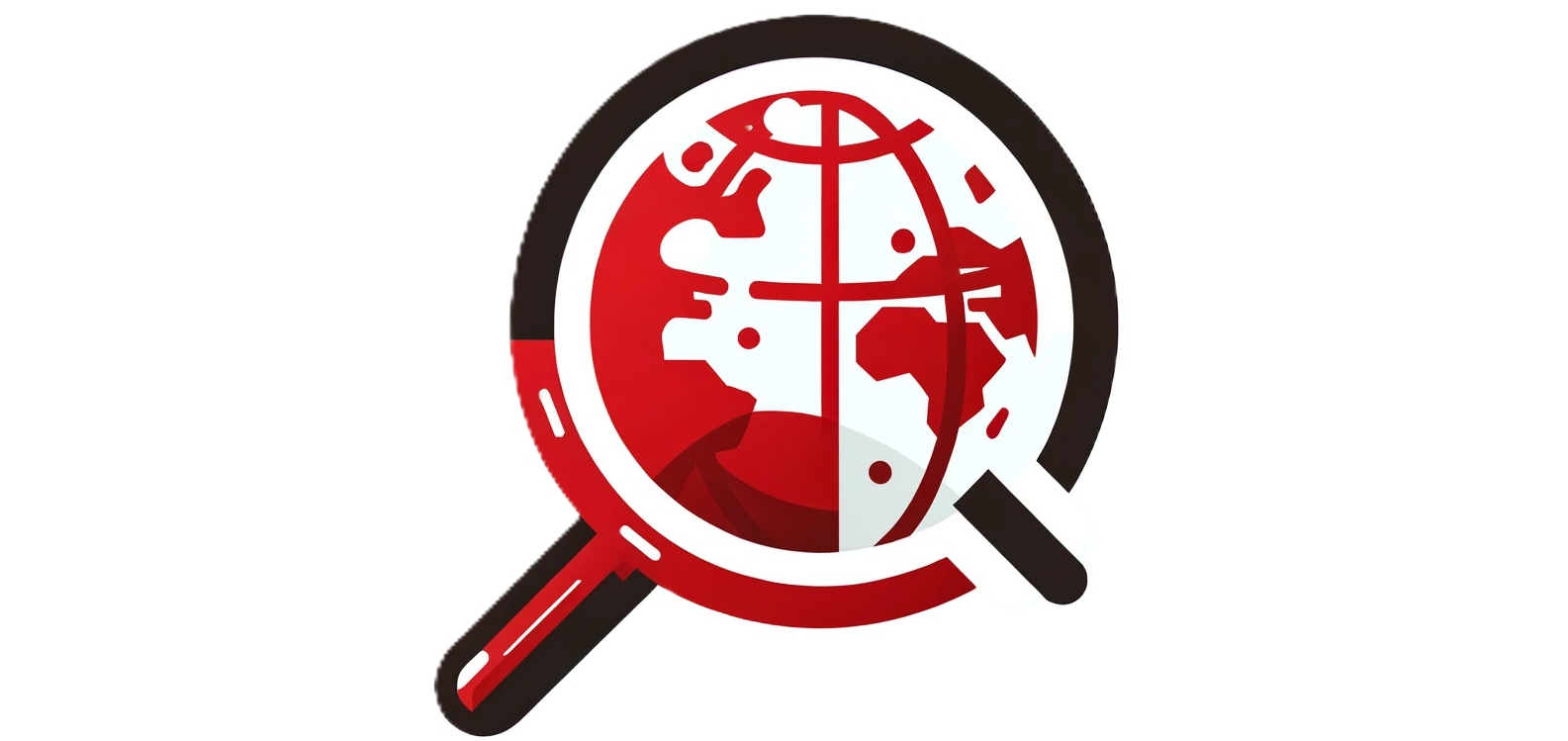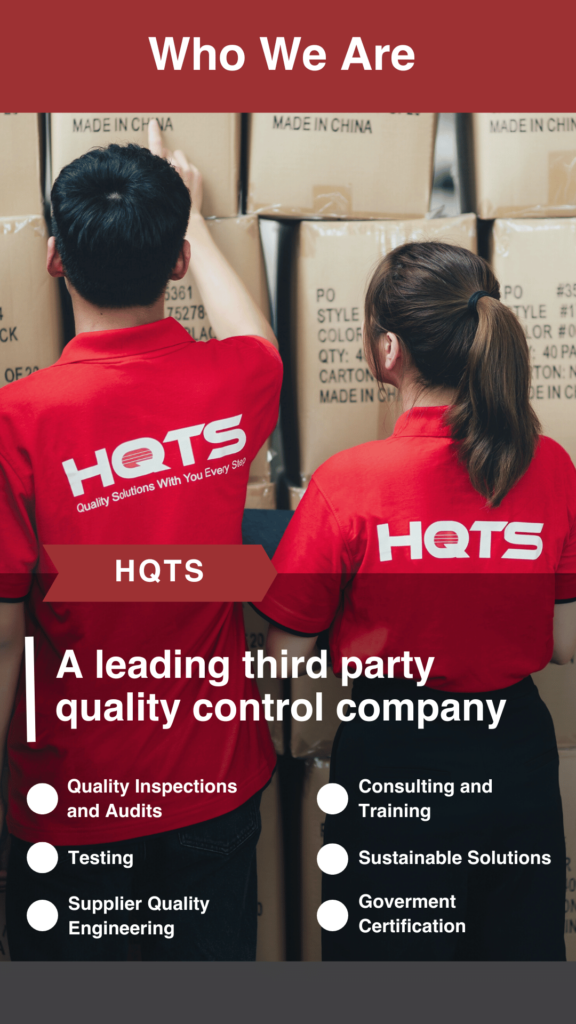It goes without saying that quality is one of the most important aspects of any product – and that especially applies to what we in the industry like to categorize as “softlines” products. In this article, you’ll learn about the basics of soft goods, including soft goods examples, the differences between hardlines vs. soft lines – and how you can prevent defects in soft goods products.
What Are Soft Goods?
In retail and quality control, products are commonly separated into sections such as soft goods and hard goods. The definition of soft goods in retail is difficult to pin down because it changes according to the context in which it is used. But it is commonly referred to as products composed of fabric, rubber, or other flexible materials – and are naturally “soft.” These include bedding, apparel, footwear, hats, curtains, towels, and belts.
What Is the Difference Between Hard Line vs. Soft Line Products in Retail?
There are generally two primary forms of merchandise in retail stores: soft line and hard line. The term hard line/or hard goods are more durable product categories that are harder to touch, such as furniture, appliances, tools, electronics, jewelry, and sporting goods. Whereas soft goods refer to merchandise that is “soft” including clothing and bedding, as previously mentioned.
Hard goods manufacturers try to increase the appeal of their products by minimizing the package sizes so that shops can use less shelf space. While soft goods can offer stores more options for displaying items because of their size and flexibility.
It’s also worth considering the difference between transporting hard and soft goods. Hard goods tend to be bigger, heavier, and more complex to move between destinations. But in the end, it all depends on the type of product.
What Are Some Examples of Soft Goods?
Soft goods are soft, less durable, usually don’t last longer than three years, and are composed of a variety of product categories, ranging from textile and apparel to bedding.
Examples of soft goods include:
- Backpacks
- Bags
- Bedding
- Carpets
- Apparel
- Costumes
- Curtains
- Mats
- Paper products
- Pillows
- Textiles
- Towels
Soft goods are mostly consumer goods. But they may also be sold to businesses, as businesses like hotels need to replace their soft goods regularly.
How Are Soft Goods Designed?
Soft goods are designed to be comfortable and easy to use. They can be stretchable, flexible, and soft. But the overall process can be pretty lengthy. Designing soft goods can include conceptualization, developing specifications, fabricating prototype rounds, conducting supplier and material research, and manufacturing support through production.
The specification sheet should include all the measurements, including detailed sewing instructions, as the factory will use this specification sheet to make and produce the goods. The soft line sampling phase is one of the most important elements of the process, as this allows the products to be checked before they are sold. For this stage, a range of tests and inspections are available within quality control for hard goods and soft goods, and using a third-party inspection company can help ensure yours meets all the relevant requirements.
What Are the Regulatory Requirements for Softline?
The regulatory requirements for Softline merchandise differ depending on the market, its purpose, and to whom the product is intended. We’ve summarised essential restricted substances in soft goods that often apply below:
- Azo Dyes
- Formaldehyde
- Asbestos
- Flame Retardants
- Heavy Metals – Arsenic
- Heavy Metals – Cadmium
- Strict Regulations for Drawstrings (Children’s Products)
What Are Common Softline Inspections?
Softline inspections are tests that can be conducted to check the condition of a structure or a Softline merchandise item.
The most common types of Softline inspections are:
- Visual inspections – These inspections can help to ensure your products meet your customers’ expectations and prevent defects, including color, style, and materials. Typically an acceptable quality limit (AQL) inspection can determine the best AQL standards to help maintain the cost of services against market acceptance.
- Measurement – The products’ measurements will be inspected and checked to ensure they comply with the correct specifications.
- Needle Check – Check for any broken or existing needles inside.
Moreover, a testing laboratory can use specified equipment to test the goods and ensure your soft goods products comply with international regulations.
Standard lab tests for soft goods include:
- REACH tests
- CPSIA tests
- Harmful substance tests
- Fiber content identification tests
- Flammability test
AQM BD textile laboratory can help with the abovementioned tests and test your Softline products following ISO, GB, AAFA, AATCC, ASTM, EN, and other standards.
Conclusion: All About Soft Goods Quality Control in Supply Chains
There are multiple requirements that manufacturers and retailers need to be aware of when it comes to softline quality control. These can vary depending on which region you intend to sell the product. AQM BD textile laboratory provides professional monitoring services of toxic and hazardous substances by ISO, GB, AAFA, AATCC, ASTM, EN, and other standards.
We can help you control that your products are up to standard – at every stage of the manufacturing process. Let our experts handle the testing or inspection for you. Contact us today.





